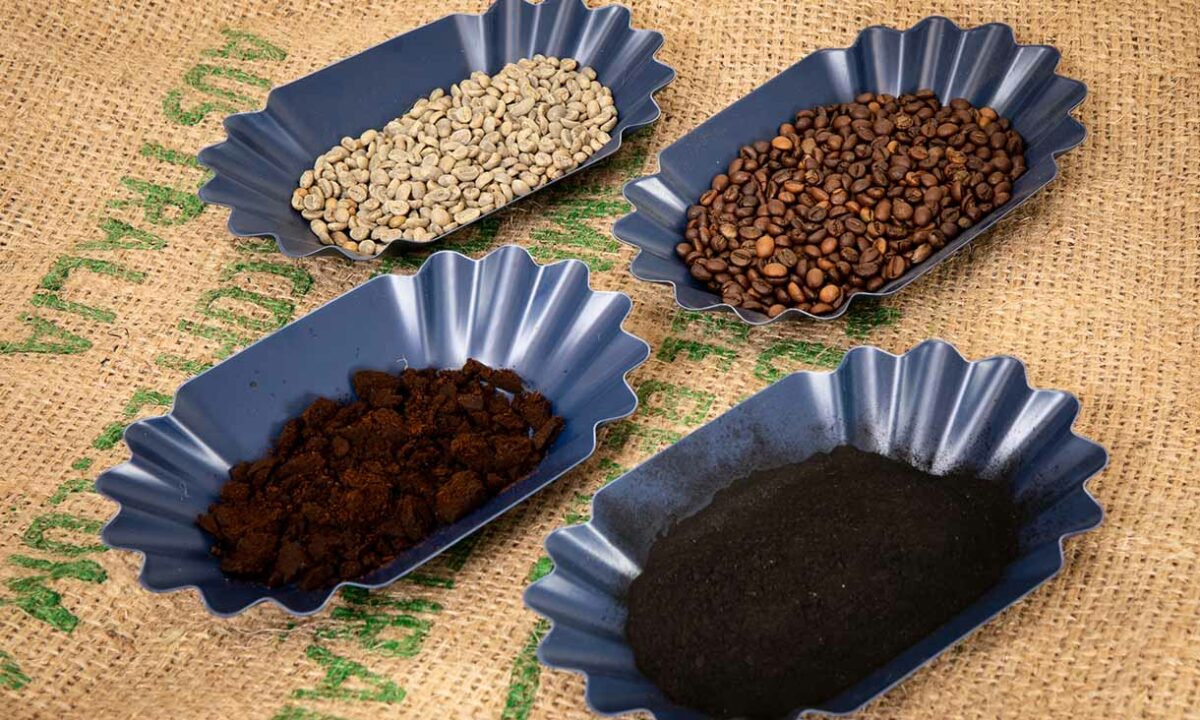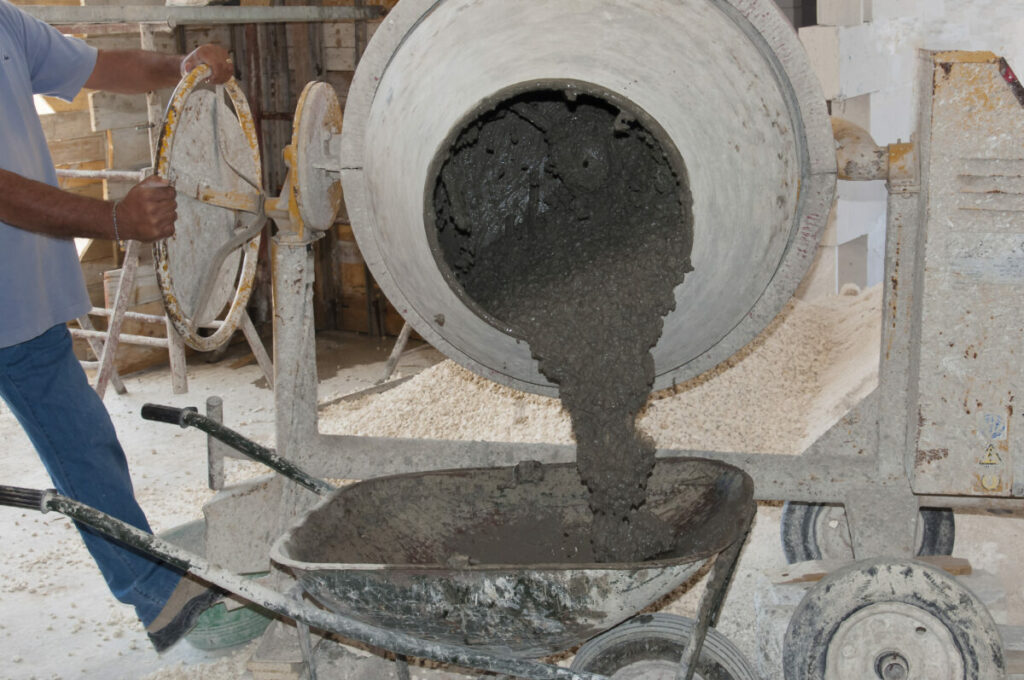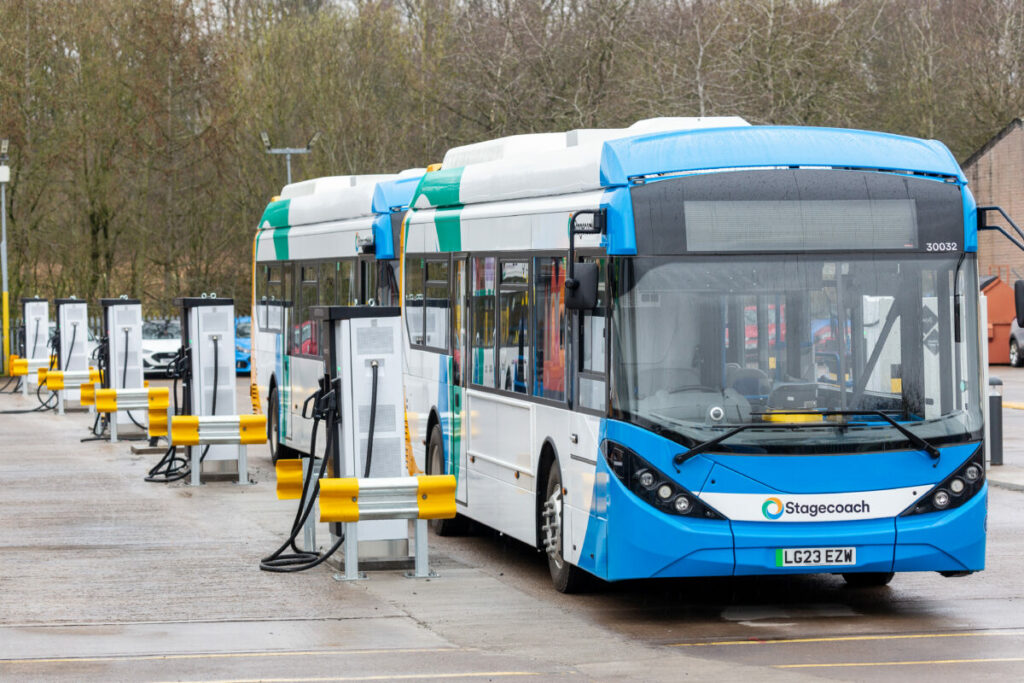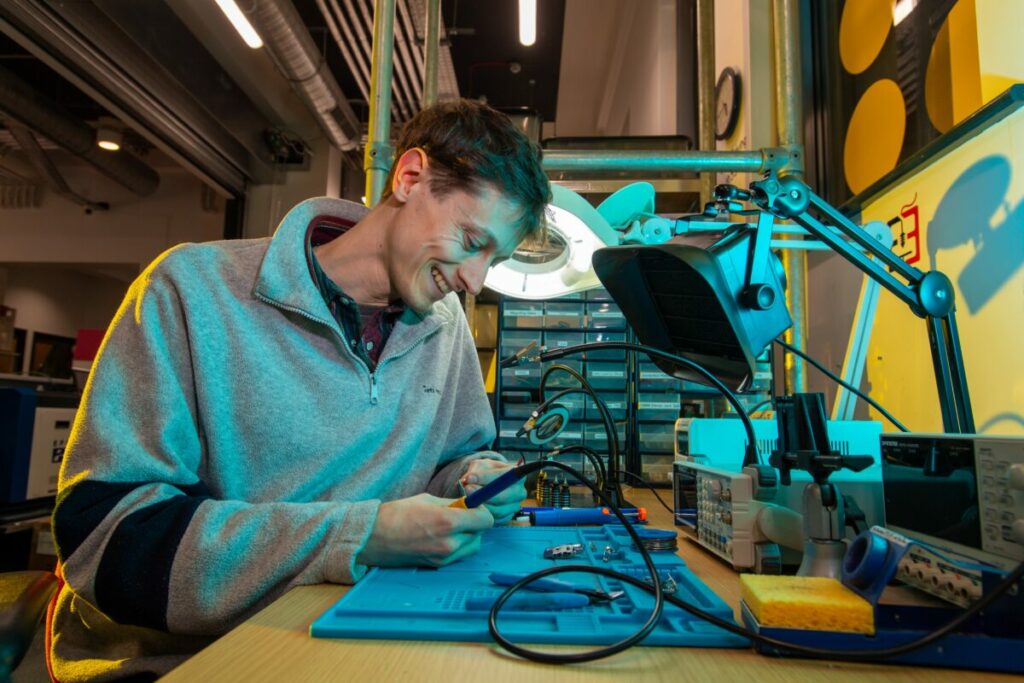Recycled coffee grounds could be used to make stronger concrete, according to research by scientists at RMIT University in Melbourne.
In a study, published in the ‘Journal of Cleaner Production’, the engineers have found that turning waste coffee grounds into biochar, using a low-energy process without oxygen at 350 degrees.
The scientists collected coffee grounds from local cafés and investigated whether they could be used to replace some of the sand that is used typically incorporated into concrete as a filler. The move could help reduce the amount of coffee that is sent to landfill.
Currently 50 billion tonnes of natural sand are used in construction projects each year, with the property industry responsible for 40% of global emissions.
Subscribe to Sustainability Beat for free
Sign up here to get the latest sustainability news sent straight to your inbox everyday
“The disposal of organic waste poses an environmental challenge as it emits large amounts of greenhouse gases including methane and carbon dioxide, which contribute to climate change,” said one of the study’s lead authors Dr Rajeev Roychand.
He continued: “The inspiration for our work was to find an innovative way of using the large amounts of coffee waste in construction projects rather than going to landfills – to give coffee a ‘double shot’ at life”.
“Several councils that are battling with the disposal of organic waste have shown interest in our work. They have already engaged us for their upcoming infrastructure projects incorporating pyrolyzed forms of different organic wastes.”
Co-researcher Dr Mohammad Saberian said: “Our research team has gained extensive experience in developing highly optimised biochars from different organic wastes, including wood biochar, food-waste biochar, and municipal solid-waste biochar, for concrete applications”.
Image credit: Carelle Mulawa-Richards, RMIT University















